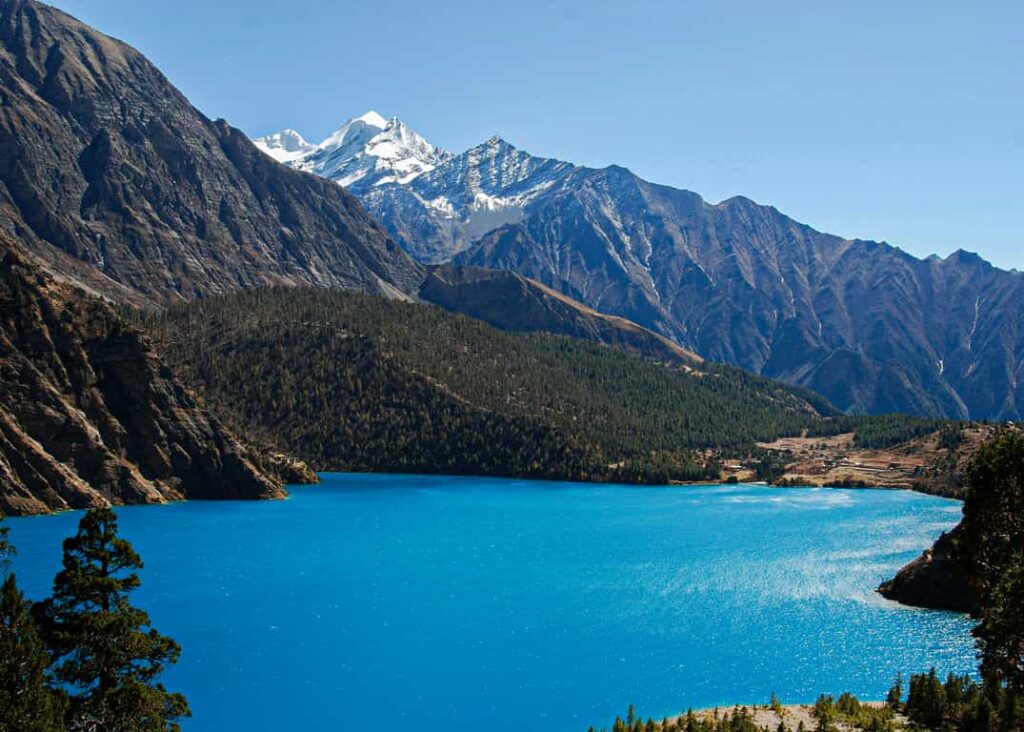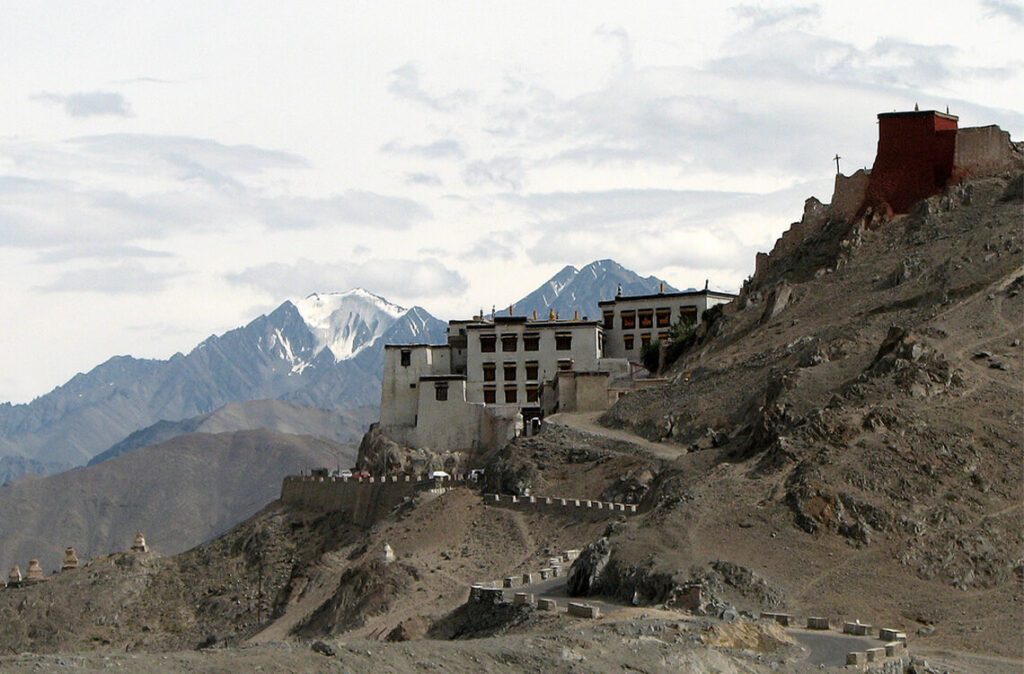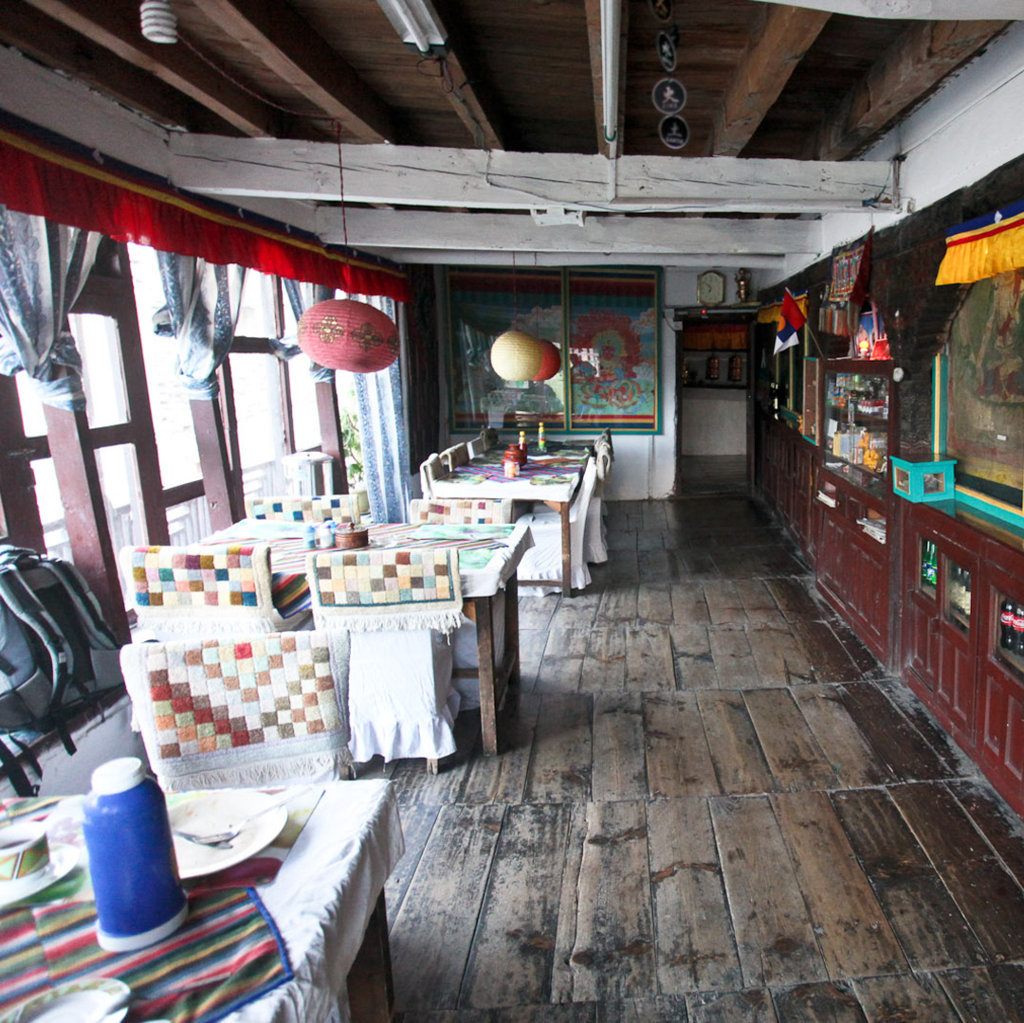Shey Phoksundo National Park offers some of the most breathtaking vistas on earth. This makes this national park a must-visit destination for nature lovers. Its hiking paths provide unparalleled opportunities to immerse yourself in the beauty of the natural world. This location is among the world’s most picturesque alpine parks, comparable to Yosemite and Yellowstone National Parks.
Shey Phoksundo National Park lies in the Trans-Himalayan region of northwest Nepal. With a total area of 3,555 km2, it is Nepal’s largest national park. Established in 1984, the park aims to protect a unique trans-Himalayan environment that sustains diverse plants and animals. The park’s varied climate conditions, altitude ranges, and zoo-geographical zones support a wide variety of biotic systems. Additionally, authorities designated a buffer zone of 1349 km2 around the park in 1998, encompassing private properties and forests. Local communities and the park work together to manage the buffer zone. They maintain the natural and cultural resources and start community development initiatives together.
Location: Dolpa and Mugu districts in the Mid-Western Region of Nepal
Area: 3,555 km2
Latitude|Longitude: 29°21′29″N 82°50′44″E
Geography of Shey Phoksundo National Park
Located at the southern tip of the Tibetan plateau, the peak of Kanjiroba Himal boasts varying heights within the park. Elevations range from 2,130 m (6,990 ft) to 6,883 m (22,582 ft). The lake is situated at an elevation of 3,660 meters (12,010 feet) in the upper Suligad River. Phoksundo Lake is renowned for its blue hue and is encircled by glaciers.
Also Read: Sagarmatha National Park
Phoksundo Lake was designated a Ramsar site in September 2007 and covers 494 hectares (1,220 acres) of water surface area. Echo-sounding equipment has been used to measure the lake’s depth, which comes up to 145 m (476 ft).
Highlights of Shey National Park:
- Shey Phoskundo Lake.
- Diverse Flora and Fauna.
- Diverse Culture.
- Enjoy the pretty landscapes.
- Shey Gompa Trek.
Shey Phoskundo Lake
Nestled within Nepal’s breathtaking Shey Phoksundo National Park, Phoksundo Lake enchants visitors with its pristine alpine waters. At an elevation of 3,611.5 m (11,849 ft) and spanning 494 hectares (1.91 square miles), this freshwater gem captivates with its vastness. With a water volume of 409,000,000 m3 (1.44 × 1010 cubic feet) and a discharge of 3.715 m3/s (131.2 cu ft/s), its significance is undeniable. Despite its depth revision from 145 meters (476 feet) to 136.20 m (446.9 ft) in 2019, its allure remains timeless.

You will see why people are drawn to this area as soon as you arrive at the alluring lake in the lower Dolpo district. A beautiful delight for the eyes is the turquoise, blue-green lake against the mesmerizing backdrop of mountains. Buddhist monks revere the 2,000 visitors who visit the oligotrophic lake each year. Nepal’s deepest lake hosts rare animals like blue sheep and musk deer grazing nearby.
Flora
The park has a remarkably varied range of flora. The high meadows of the Himalayas are dominated by salix, juniper, white Himalayan birch, and the occasional silver fir. The northern parts contain arid portions of the upper Himalayas and the Trans-Himalayan slope lands.
You may also like: Things you don’t know about Khaptad National Park
The park contains less than 5% forest, most of which is located in the southern section. Bamboo, rhododendron, poplar, blue pine, spruce, hemlock, cedar, and silver fir make up the Suligad Vally’s vegetation. Additionally, 286 important ethnobotanical species can be found in the park.
Fauna
The park is home to a variety of endangered species, including the snow leopard and Himalayan black bear. Additionally, it hosts 29 species of butterflies and six reptiles, adding to its biodiversity.

The park hosts almost 200 bird species, such as the Tibetan partridge, yellow-throated marten, and crimson-eared rosefinch.
Diverse Culture
More than 9,000 people live in this region, and their towns rank among the densest in Nepal. Bon Buddhism is an old religion with origins in both Buddhism and Animism that is practiced by the majority of park visitors.
Founded 18,000 years ago under the Zhang Zung Empire, which ruled today’s western Tibet, is the Bon-po religion, which serves as the foundation for all Tibetan Buddhism practices. Sacred monasteries, Chortens, and Thangka paintings dot the countryside. Agriculture and trade with Tibet are the main sources of income for the locals. The salt trade caravans from this region are another well-known aspect.
Landscapes
Shey Phoksundo National Park offers a wide variety of breathtaking scenery. The park’s elevations vary from 2,130 meters in Ankhe to 6,883 meters at the top of Kanjiroba Himal. The park is mostly located north of the Himalayan crest. The upper Suligad regions are home to Phoksundo Lake, Nepal’s second-largest and deepest lake. There is the highest waterfall in the entire country, close to the lake’s exit. The Khung, Nmajung, and Panjang Rivers; the Suligad and Jugdual Rivers, which are the principal tributaries of the Thuli Bheri River; and the Langu River, which empties into the west from the high Dolpo plateau, are the main streams in the park.
Read: Everything you need to know about Chitwan National Park
Known for its stunning turquoise hue, Phoksundo Lake’s breathtaking landscape undoubtedly places it among the world’s most picturesque mountain parks. Nestled in the surroundings is the picturesque town of Ringmo, a traditional Tibetan settlement. There are numerous stunning glaciers both below and above the lake area. There are numerous gompas (monasteries) and religious areas throughout the park. Founded in the eleventh century, Shey Gompa is the most well-known. Thashung Gompa, built approximately 900 years ago to conserve animals, is situated next to Phoksundo Lake.
Shey Gompa Trek
The Upper Dolpo region’s Shey Gompa Trek is a gateway to heaven, taking you through remote, authentic mountain villages like Ringmo and Pungmi, as well as barren landscapes.

The trek’s main draw is the Shey Monastery. Perched at the base of Crystal Mountain, the entire area appears heavenly, as though the creators used extreme patience to carve it there. You can learn about the customs and way of life of the Nepali villagers, and since the Upper Gompa is a sacred site with restricted access, you might have to pay an entrance fee.
The Best Time to Visit Shey Phoksundo National Park
The park’s climate ranges from an arid climate to one dominated by the monsoon because it is located in a trans-Himalayan zone. While the park’s southern area experiences 1,500 mm of precipitation annually, the northern slopes experience less than 500 mm.
Popular: Langtang National Park: Things to Know
The park experiences severe winters; areas above 2,500 meters see snowfall. In the park, the temperature drops below freezing at elevations exceeding 3,000 meters. April through November is the ideal period to visit Nepal’s Shey Phoksundo National Park.
The Climate of Shey Phoksundo National Park
The park has a wide range of climates. That is because it spans both the northern and southern portions of the Himalayan crest. The Dhaulagiri and Kanjiroba Ranges act as significant barriers, limiting rainfall in the Trans-Himalayan region. However, during the monsoon (July to September), most precipitation occurs in this area.
Winters bring frequent snowfall above 2,500 meters, with temperatures below freezing above 3,000 meters for most of the season. Winters bring frequent snowfall above 2,500 meters, with temperatures staying below freezing above 3,000 meters for most of winter.
Accommodations Facilities
Dunai, Sangta, Chhepka, and Ringmo offer lodging options nearby. In the park, there are campsites with restrooms, garbage pits, and shelters.

Food and basic supplies are available in trekking lodges in Dunai, Chhepka, and Ringmo. Palam Ringmo, Suligad, Chhepka, and Toijem are the locations of the park offices. There is a tiny visitor center at the headquarters in Palam.
Route from Kathmandu to Shey Phoksundo National Park
To Phoksundo Lake, there is no direct route from Kathmandu.
Here are the ways you can reach Phoksundo National Park:
- Take a bus directly to Pokhara.
- Hike to Pokhara (for the adventurous).
- Take a night bus to Beni.
- Catch a bus to Jomsom.
- Hike to Beni (another trekking option).
More: Everything you need to know about Makalu Barun National Park
Another option is to take the bus to Baglung, walk to Parsyang, take the bus to Jomsom, and then take a trip to Phoksundo Lake.
Cost for Shey Phoksundo Lake Trek
The Shey Phoksundo Lake and Gokyo Trek packages range from US$1325 to US$1898.
Need Help Planning a fun adventure?
Let our expert team at Asian Heritage Treks and Travel take care of everything — from guided tours to personalized packing tips and travel arrangements.
Plan a fun adventure






